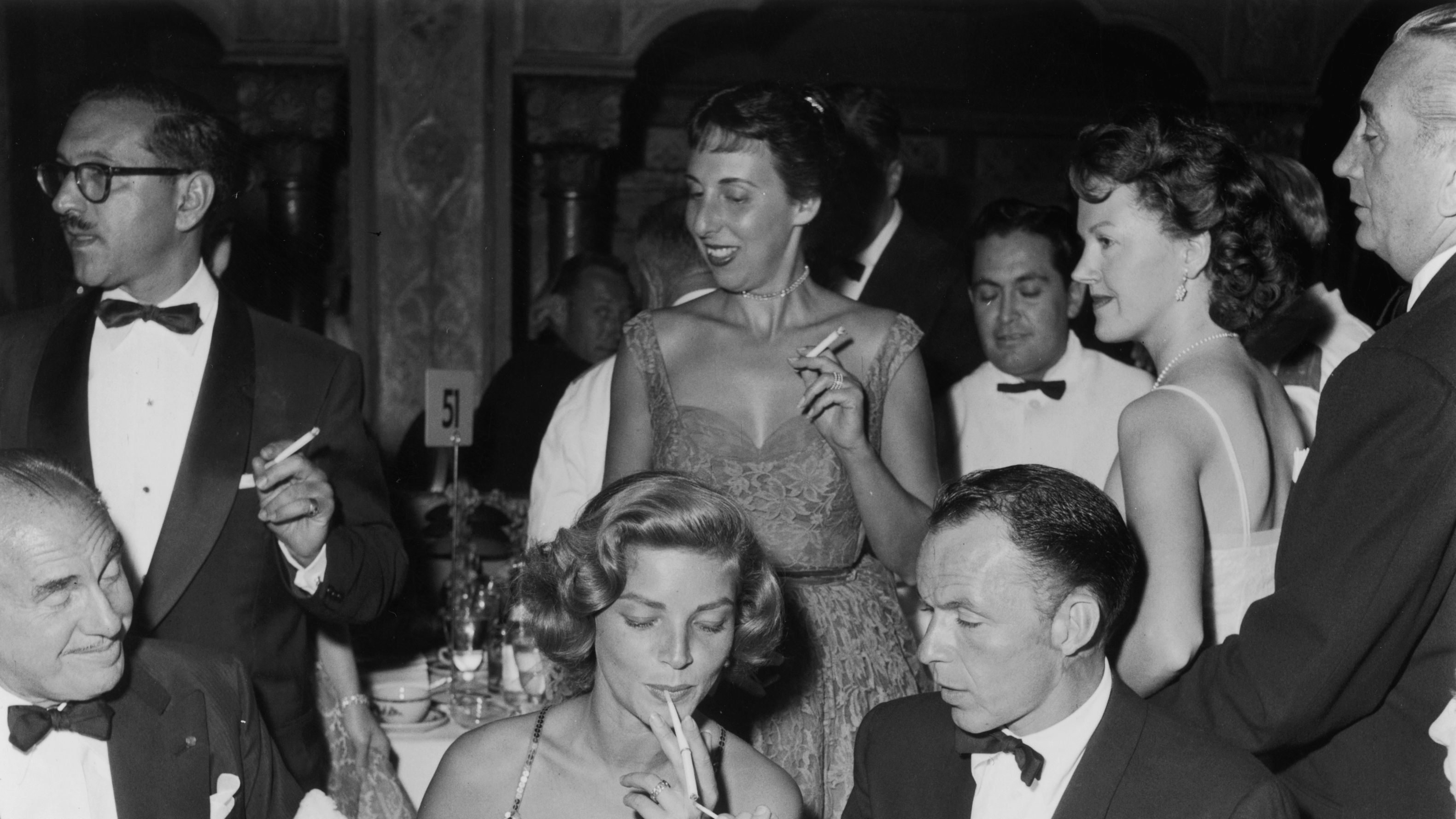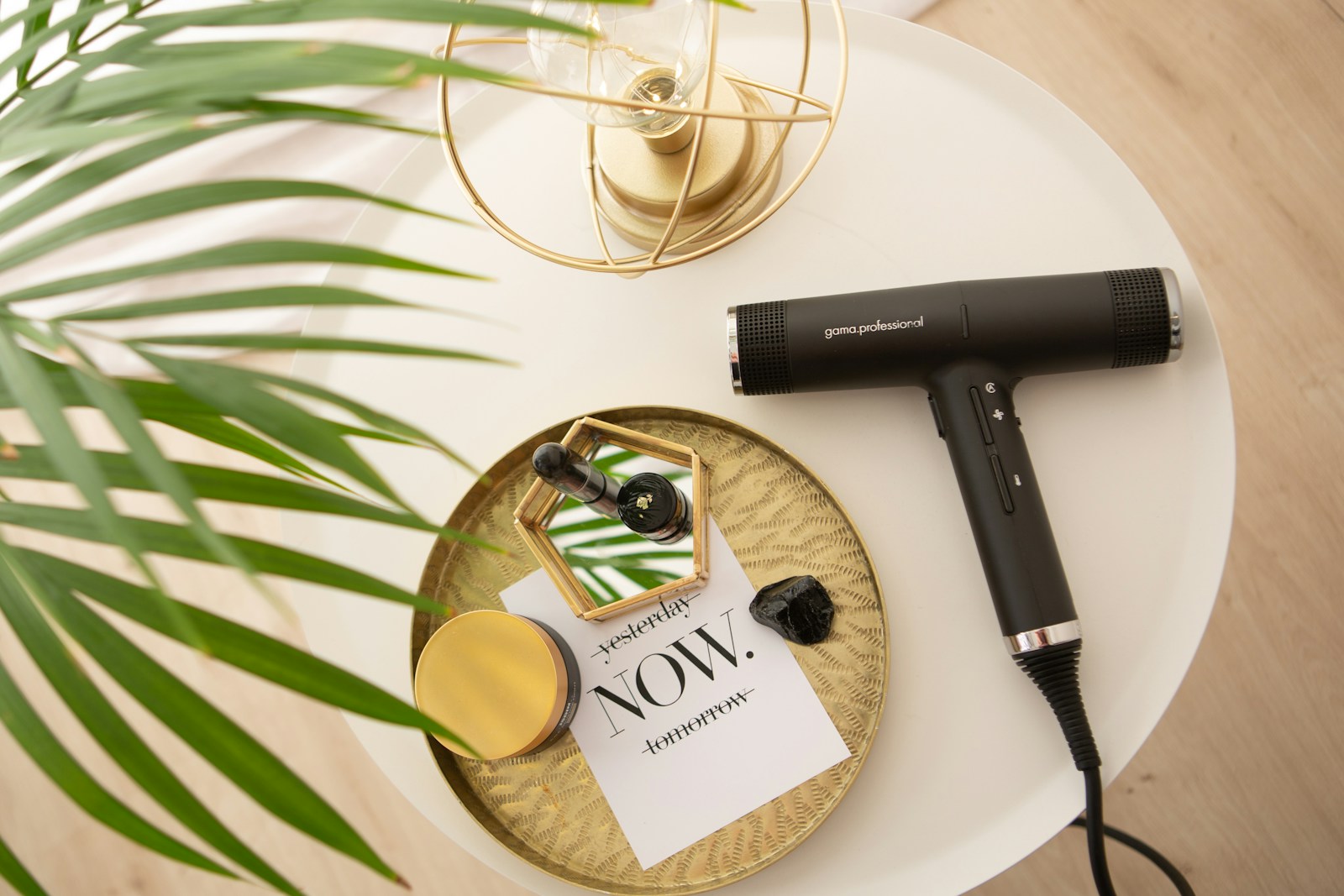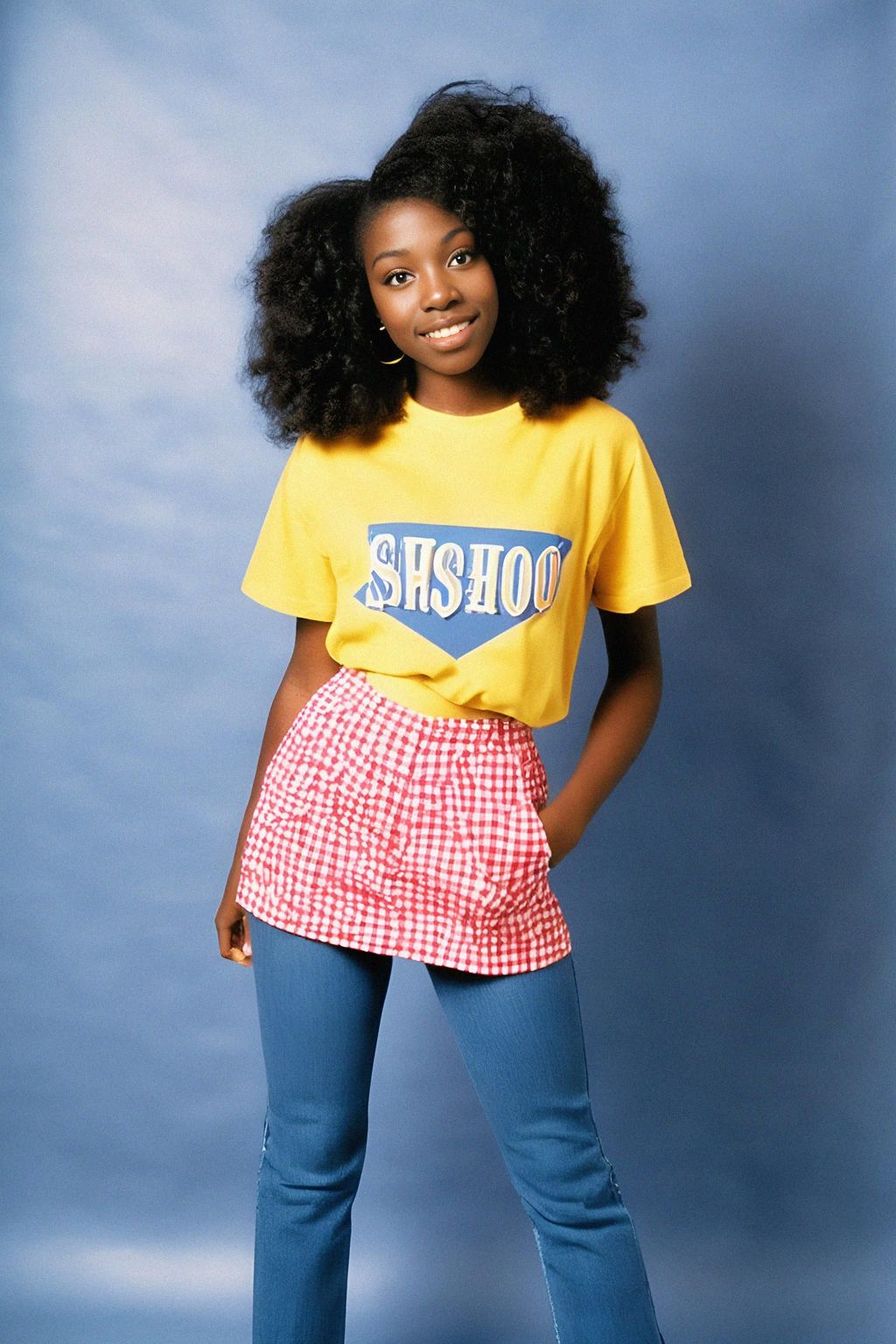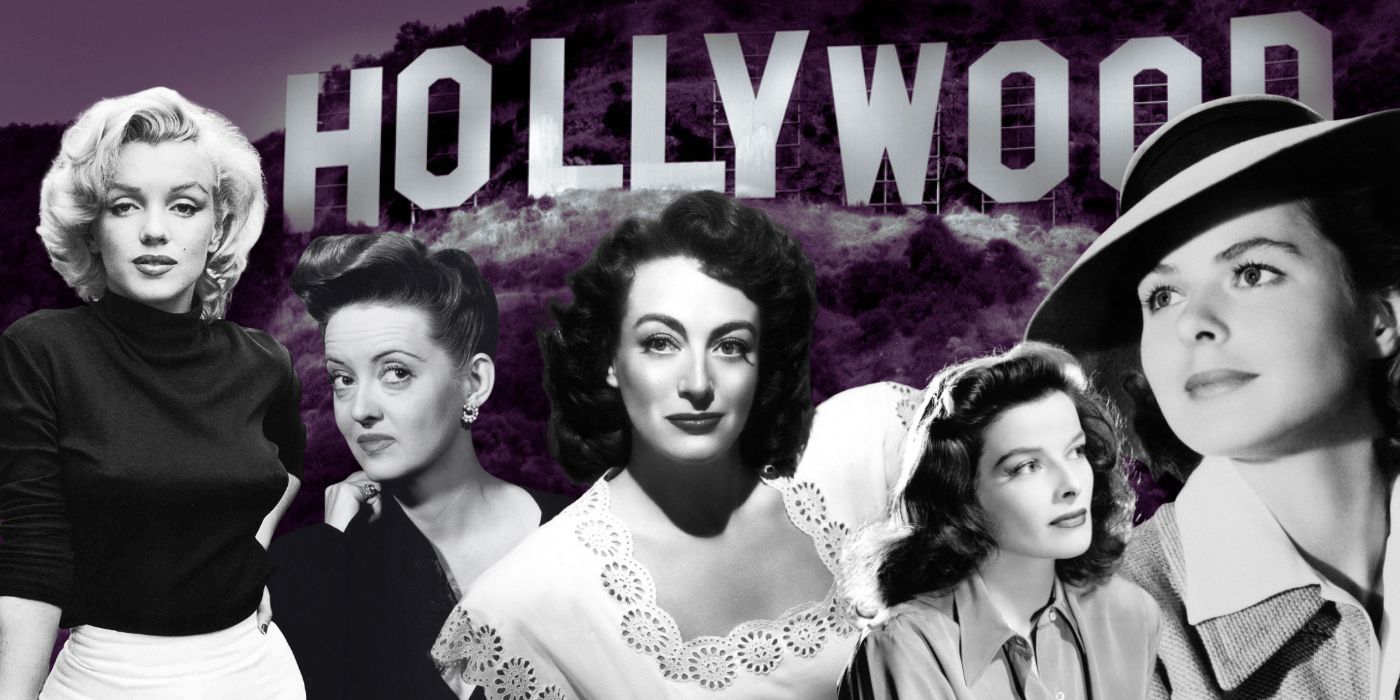
Movie nights are often hailed as some of the best nights, a perfect escape into compelling narratives and unforgettable characters. We picture it vividly: popping popcorn, settling into the couch, and hitting ‘play’ on a beloved classic. Yet, sometimes, that idyllic scene can take a sharp turn, as we’re confronted with racial portrayals that are, to put it mildly, more than just a little off—they’re downright cringeworthy, casting a long shadow over otherwise cherished films.
It’s a peculiar experience, watching a film from decades past and realizing just how deeply ingrained certain prejudices were, how casually offensive some elements were once considered acceptable, or even humorous. This isn’t just about pointing fingers; it’s about acknowledging the complex, often uncomfortable, relationship cinema has with its own history. These films, while often groundbreaking in their technical artistry or storytelling, also serve as stark reminders of past mindsets, reflecting societal biases that we, as modern viewers, can now critically examine.
In this exploration, we’re not just cataloging problematic moments; we’re dissecting them with the keen eye of pop culture experts, understanding how they landed then versus how they land now. We dive headfirst into the very films that make us recoil, films that showcase how bad things can truly be when ignorance and stereotype take center stage. These are the movies that don’t just ask us to cringe, but to learn, understand, and perhaps, rethink what we consider timeless.

1. **The Birth of a Nation (1915)** D.W. Griffith’s 1915 epic, *The Birth of a Nation*, remains one of the most polarizing artifacts in film history. It was, without question, revolutionary in its filmmaking techniques, setting new standards for cinematic storytelling and scale. Yet, to praise its innovations without confronting its content is to ignore a gaping, festering wound in the fabric of American cinema. This film is infamous, not just for being problematic, but for its foul and pervasive racism, going as far as to glamorize the Ku Klux Klan and its violent, hateful acts.
The film’s portrayal of African Americans is not merely offensive; it is dangerously dehumanizing, contributing to a narrative that justified racial violence and oppression. Modern film historians have even questioned whether Griffith’s cinematic “innovations” were truly his own, arguing that many techniques originated elsewhere. Regardless, there’s simply no excusing this horrific celebration of an organization synonymous with white supremacy and terror, making it a film that truly exemplifies how cinema can be weaponized for insidious purposes.

2. **The Mask of Fu Manchu (1932)** Step back into 1932, and you’ll find *The Mask of Fu Manchu*, a film that perfectly encapsulates the “Yellow Peril” fear that gripped parts of the Western world. The character of Fu Manchu himself, presented as an Asian villain, embodies nearly every negative stereotype Hollywood could conjure at the time. He is a menacing, conniving figure, designed to represent a sinister foreign threat to Western civilization, specifically pitted against a heroic white protagonist.
This film serves as a glaring example of cultural insensitivity, presenting Asians as monolithic, evil threats rather than nuanced individuals or cultures. It’s a broad-strokes painting of an entire continent, devoid of any genuine understanding or respect for its diversity and history. Watching it today, the blatant caricatures and fear-mongering narrative are not just dated; they are a stark reminder of the deeply problematic ways in which Hollywood historically contributed to xenophobia and racial prejudice.

3. **Charlie Chan Films (1920s-1940s)** For decades, the Charlie Chan film series enjoyed immense popularity, featuring a seemingly intelligent and benevolent Chinese-American detective solving crimes with quiet wisdom. However, beneath the surface of their widespread appeal lay a glaring, deeply problematic issue: the character of Charlie Chan was almost invariably portrayed by white actors in yellowface. This wasn’t an isolated incident; it was a systemic practice that spanned from the 1920s through the 1940s, perpetuating a harmful tradition.
This practice not only robbed actors of color, specifically Asian actors, of prominent roles and opportunities but also actively encouraged racial insensitivities by reducing an entire ethnicity to a set of exaggerated, often demeaning, performative traits. The faux accents, the mannerisms—all were constructed through a white gaze, cementing a distorted and stereotypical image of Asian individuals in the popular imagination. These films, despite their detective charm, serve as a potent illustration of how cultural appropriation and racial misrepresentation were normalized in early Hollywood.

4. **Holiday Inn (1942)** *Holiday Inn*, the classic 1942 musical starring Bing Crosby and Fred Astaire, is fondly remembered for giving the world the timeless song “White Christmas,” a beloved staple of the holiday season. Yet, this cinematic gem also houses a deeply uncomfortable and utterly cringeworthy sequence: a musical number where the white stars performed in full blackface. It’s a jarring moment that shatters the film’s otherwise innocent and festive veneer, forcing a re-evaluation of its place in cinematic history.
Blackface, a practice rooted in minstrel shows, was designed to caricature and demean African Americans, reducing them to racist stereotypes for comedic effect. While it was tragically common and more or less socially acceptable at the time of the film’s release, its inclusion in *Holiday Inn* makes it incredibly difficult to watch today without recoiling. It’s a stark reminder of the pervasive and deeply offensive racial attitudes that Hollywood once not only tolerated but actively promoted, irrevocably staining an otherwise iconic piece of American entertainment.
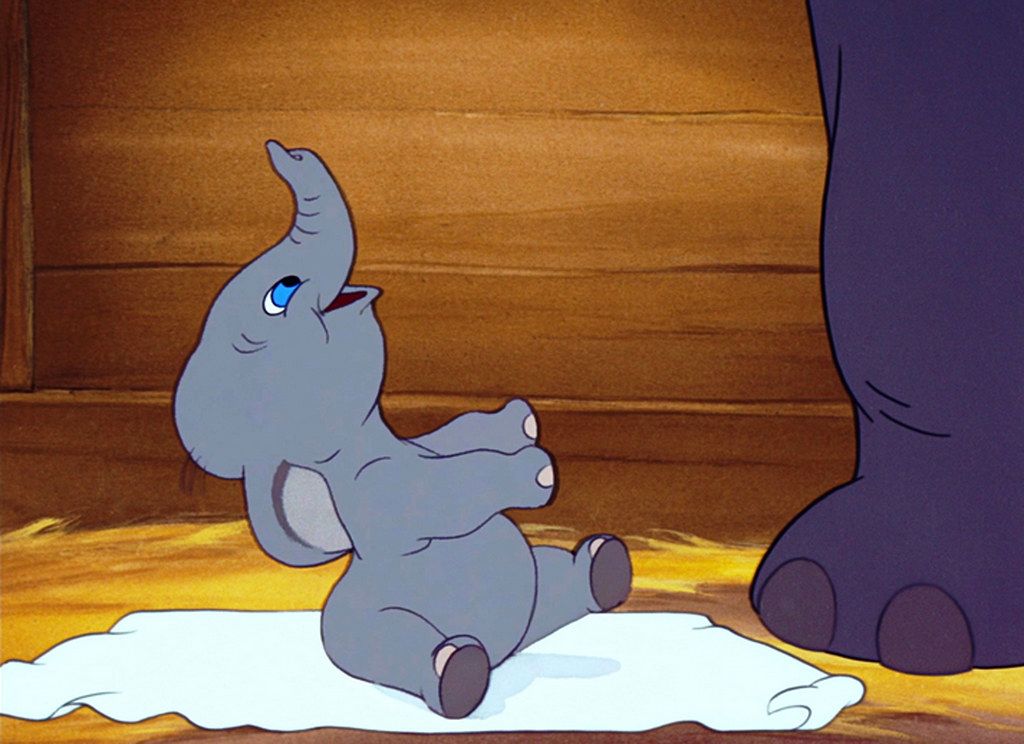
5. **Dumbo (1941)** Disney’s classic animated feature, *Dumbo*, from 1941, is cherished by many for its heartwarming tale of an outcast elephant finding his wings. However, it also features one of the most infamous instances of racial caricature in Disney’s early catalogue: the flock of cheerful crows. These characters, who provide Dumbo with crucial encouragement, speak, sing, and act in a manner that undeniably smacks of African-American minstrel-show stereotypes, complete with exaggerated vocalizations and mannerisms.
Adding insult to injury, their leader is named ‘Jim Crow,’ a direct and undeniable reference to the discriminatory laws and practices that enforced racial segregation in the United States. This deeply problematic portrayal, while perhaps overlooked by audiences at the time, is now widely recognized as a major flaw, making modern viewings profoundly uncomfortable. It serves as a potent, if disheartening, example of how racial insensitivity permeated even the most beloved children’s entertainment, reflecting broader societal biases.

6. **Breakfast at Tiffany’s (1961)** Audrey Hepburn’s portrayal of Holly Golightly in *Breakfast at Tiffany’s* is undeniably iconic, cementing the film’s place in the pantheon of Hollywood classics. Yet, for all its timeless charm and beloved songs, the movie harbors a deeply uncomfortable and infamous flaw: Mickey Rooney’s portrayal of Mr. Yunioshi, Holly’s Japanese neighbor. It’s a performance that makes modern audiences recoil, a grotesque caricature that stands in stark contrast to the film’s otherwise sophisticated veneer.
Rooney’s depiction is an exaggerated, racially insensitive portrayal of a Japanese man, complete with false buck teeth and a heavily accented pronunciation of “Golightly” as “Go-right-ree.” This wince-inducing performance not only actively encourages racial insensitivities but also reduces an entire ethnicity to a set of demeaning performative traits. It’s a glaring example of how cultural appropriation and racial misrepresentation were normalized, irrevocably staining an otherwise iconic piece of American entertainment and leaving modern audiences cringing about the film’s views on race. Even decades after its release, both director Blake Edwards and Rooney himself expressed regret at this offensive inclusion, highlighting its lasting negative impact.

